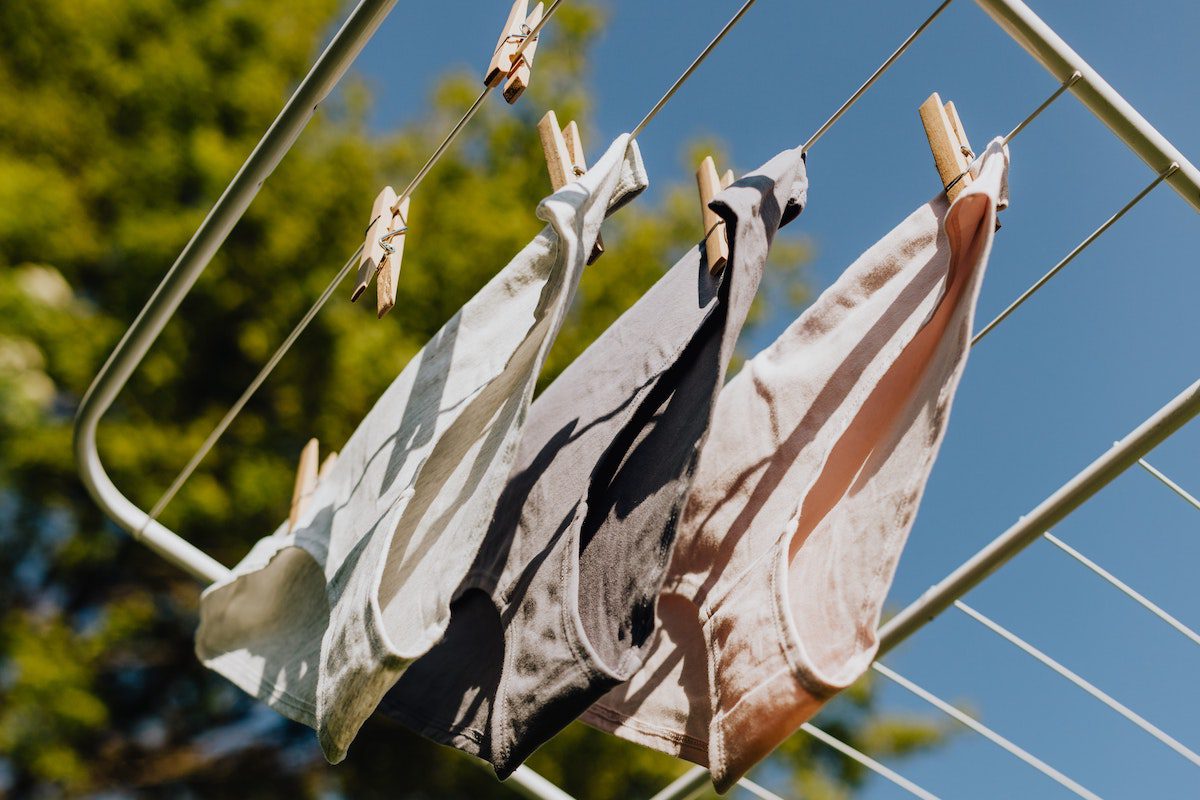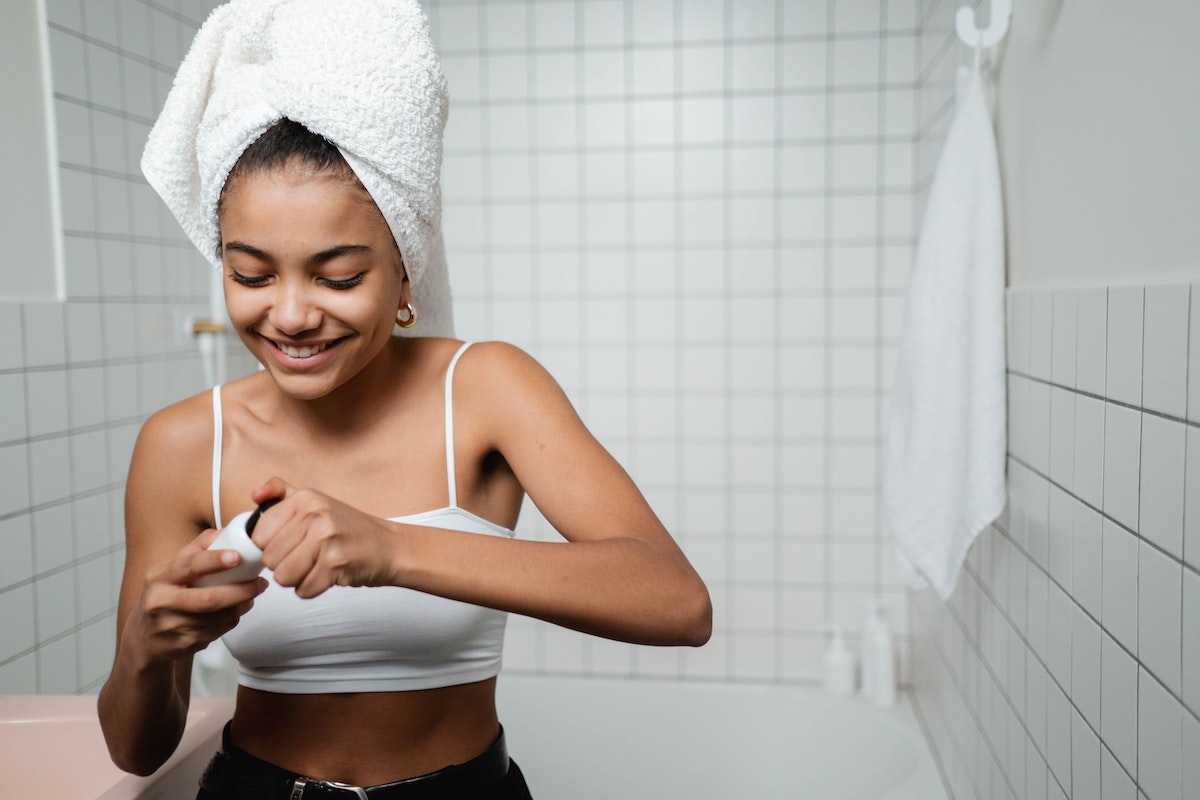Why You Should Use Your Non-Dominant Hand
Remember the movie Soul Surfer? It’s the story of Bethany Hamilton, a young surfer who loses her arm to a shark bite. After seeing that movie, it made me feel incredibly grateful for having two arms and two hands and the option to use my dominant hand (my right hand) whenever I feel like it. Then it got me thinking, what if I actually had to use my left hand and didn’t have any other option? Challenge, accepted.
My left hand is my non-dominant hand and so I proposed a little challenge to myself that I still do to this day. For smaller tasks, like brushing my teeth, stirring up my overnight oats, or whisking an egg, I decide to use my non-dominant hand. I thought it would be a good way to strengthen my non-dominant hand and improve the muscles in it.
It also got me thinking — there has to be some benefits to this, right? I mean, people learn how to write with their opposite hands or use their opposite hands for sports, so there has to be something to this then too. (For the record, being able to use both hands is called being ambidextrous.)
Here’s what experts had to say about using your non-dominant hand.

Benefits of using your non-dominant hand
It turns out using your opposite hand for everyday tasks can have some minor health benefits. Using your non-dominant hand and doing things with it, like learning how to write with your opposite hand, may enhance the symmetry in your motor function or physical appearance, notes Jerome Enad, MD, board-certified orthopedic surgeon. Some examples include dribbling a basketball with either hand, switch-hitting in baseball, and symmetric-appearing musculature with weightlifting.
The bad news? I hate to break it to you, but Enad says there’s no scientific evidence to prove that training your non-dominant side improves cognition or brain function. Sorry, people! Guess you’ll just have to get smarter another way.
Tips for using your non-dominant hand more
When you start to use your non-dominant hand, expect movements to be slower, less coordinated, and weaker, shares Enad. “Therefore, extreme patience and persistence are required if you truly want to train your non-dominant side,” he says. “Exercises should be designed to take these factors into consideration.”
Also, start with small tasks too. Like me, maybe brush your teeth with your opposite hand or start stirring or whisking recipes with your non-dominant hand. Nothing too crazy where you throw in the towel right away. (Well, only if you use your opposite hand to do so.)
The bottom line: If you feel like giving yourself an extra little life challenge, start using your non-dominant hand more. Whether you learn how to write with your opposite hand or start using your non-dominant hand for simple tasks like eating your bowl of cereal, activate the benefits of using your non-dominant hand and have fun doing (and learning) something new.












